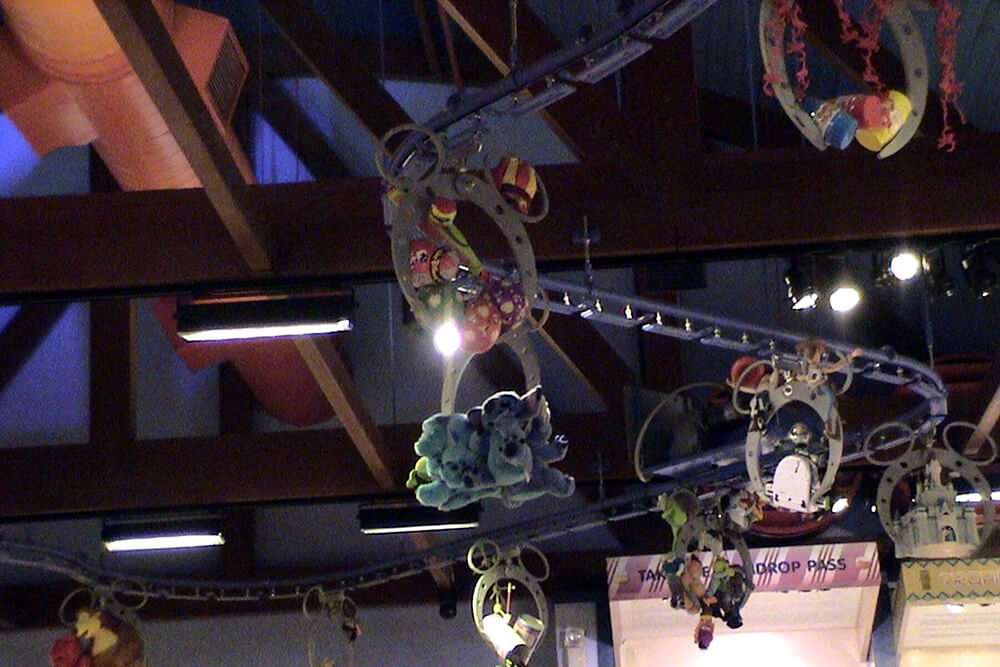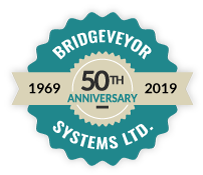Exactly What is an Overhead Conveyor System?
Yes, the question in the title might seem like a simple one to answer. It’s right there in the name of the system. An overhead conveyor conveys things over your head.
While the concept may be simple, the reality of making an overhead conveyor work and the components that go into the process can get quite sophisticated and complex.
To help you better understand them, here’s a quick overview of overhead conveyor systems:
1. The Chain
The conveyor uses a chain to carry its load, whether that be auto parts or cardboard boxes, in a loop along a track.
2. The Enclosed Track
An enclosed track helps protect the chain from dirt and contaminants so that it doesn’t slow down or clog. It also protects workers from injury. Oil and dust shields keep the product that runs below the track clean.
3. Curves & Straight Track
The track is assembled in sections according to the layout required. Straight sections and curved sections can be used in virtually any configuration to go around existing obstacles or to perform certain tasks, like adding track length to give freshly painted materials time to dry.
4. The Chain Drive
The chain is moved along the track by a drive unit. It can propel the chain at speeds up to 72 feet per minute. Anything faster than that generates centrifugal force and is not recommended. Drive units are available in single-speed and variable-speed versions.
5. The Chain Pendant
Among the links in the chain, including those that give it the flexibility to go up, down and around corners, are chain pendants on which the conveyors loads are hung.
6. The Take-Up Unit
Over time, conveyor chains stretch due to repeated use. The take-up unit compensates for the added length of the chain so that it does not need to be constantly adjusted or repaired.
7. Carriers
The link between the load and the pendant, carriers are available in a wide variety of formats, including those that are angled, swing or swivel, to accommodate the requirements of any load.
8. Supports
The entire conveyor system can be held in place by floor supports or it can be suspended from the ceiling.
Like we said, that’s the “quick” overview of overhead conveyors. If you’d like to learn more, please don’t hesitate to contact us at Bridgeveyor. We’d love to hear from you.












